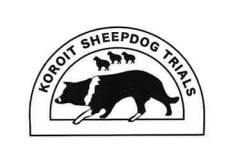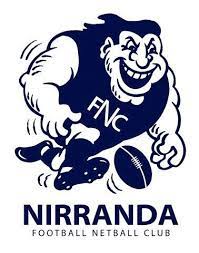A dairy cow’s stomach is made up of four parts and relies heavily on fermentation for the digestive process (rumination). The four stomach parts are reticulum, rumen, omasum and abomasum (see figure 3 below). The reticulum and the rumen is where fermentation occur, the omasum absorbs water and minerals from the rumen, and the abomasum functions like the stomach of a single stomached animal (monogastric). A calf is born with all four stomach parts, but the abomasum is the only part that is fully functional. A new born calf’s digestive process therefore acts as a monogastric until the rumen and other parts develop. For a calf to effectively utilise feed for growth it is essential that the rumen develops and becomes functional.

At birth, the rumen is non-functional, so milk bypasses the rumen via the oesophageal groove and flows directly into the abomasum (see figure 1 above). Before a calf is able to digest and utilise feed its rumen needs to develop in two ways. It needs to increase in size and its epithelial lining needs to get thicker. The more developed the rumen is at weaning the better a calf will be able to digest and absorb nutrients. (Figures 4 and 5 below illustrate the effect diet has on rumen development).
Good quality calf starters contain carbohydrates in the form of starch that promote epithelial growth in the rumen. Early concentrate feeding leads to earlier rumen development and better digestion and absorption of nutrients at weaning. Calves should also have access to roughage such as hay or straw, as it helps develop the size and strength of the rumen.

Calf starters
- Calf starters should be fresh, clean and easy for calves to find
- Access to plenty of fresh, clean water encourages starter intake
- Coarsely ground diets increase rumen size better than finely ground concentrates. They are less likely to become impacted and are also more palatable. Molasses (added at 5-7%) and yeast culture (2%) also increase palatability and hence increase starter intake, total dry matter intake and average daily gain!
- Calf starters should contain an ionophore such as monensin or lasolacid and be fed at a rate to provide 1mg per kg live weight per day. (see figure 6 above for suggested calf starter nutrient content)
- Calves should also have access to roughage such as hay or straw to assist in the development of rumen size and strength
- All calf starters are not the same, read the label and seek advice. Cheaper is not always better and don’t just rely on the marketing and sales pitch
Weaning protocol
Starter intake can be taken as an indicator of rumen development. Calves should be weaned when they are eating 1.5-2kg/d (Holstein Friesians) and 1-1.5kg/d (Jerseys) for more than three consecutive days. This will generally correspond to weights of 90-110 kg (HF) or 65-85 kg (J).
Weaning will be more successful if calves are exposed to only one stress at a time.
- Carry out vaccination and disbudding prior to weaning
- Keep the volume and composition of the concentrate constant
- Provide access to clean, fresh water
- Don’t move calves during weaning
- Wean during good weather
- Ensure ionophore present in feed
Young heifers will be unable to achieve high growth rates on a diet of average pasture so continue to feed good quality concentrates (11.5 MJ ME/kg DM and 16% CP) for at least 1 month after weaning or until calves reach 200 kg. Levels can be increased to a maximum of 2.5 kg/d if necessary. Older heifers will also require supplementary feed at strategic times when pasture is unable to fulfill their requirements for energy and protein.
For more information on calf nutrition and weaning protocols call Farm Services on 1300 838 700






























